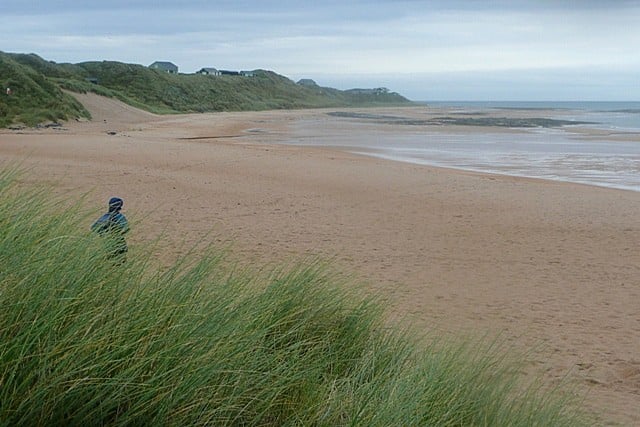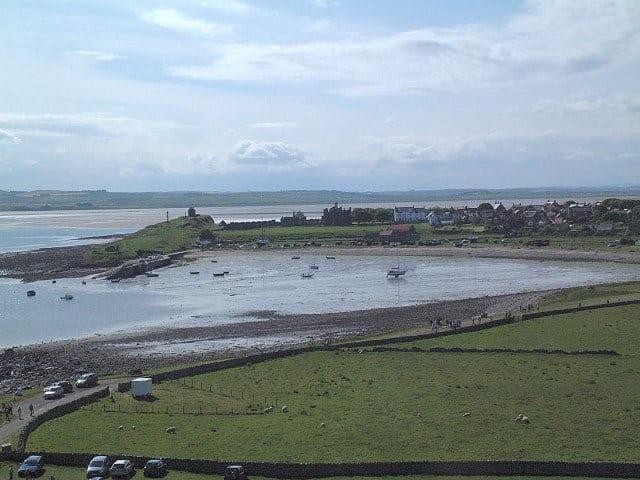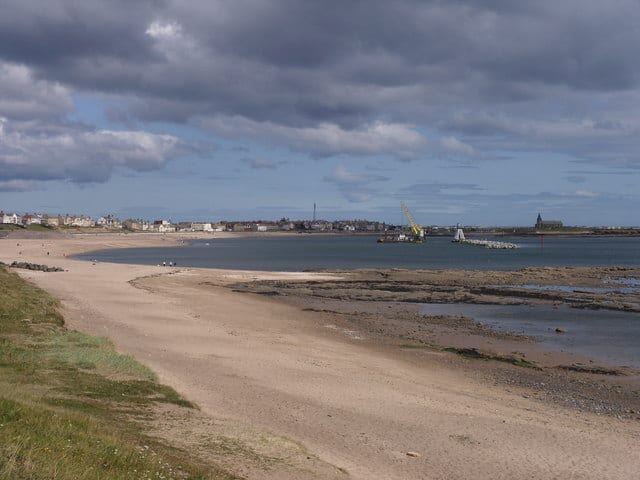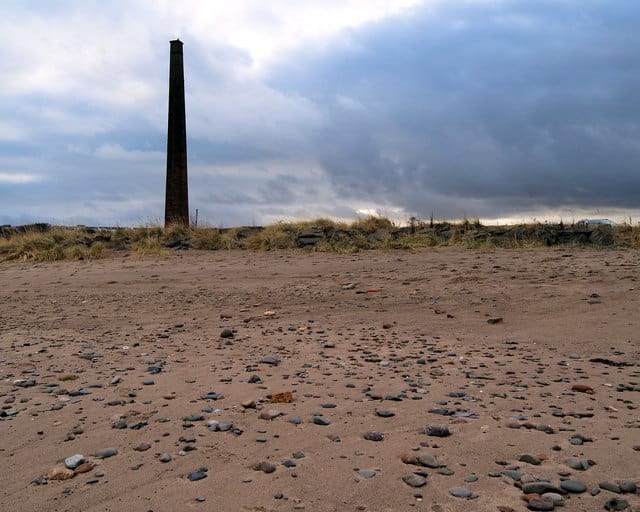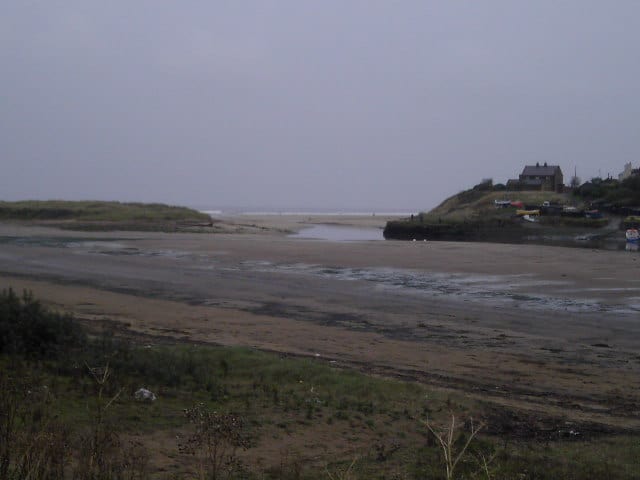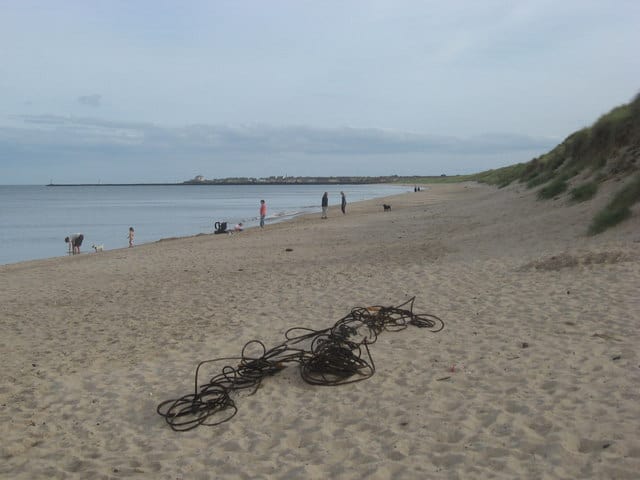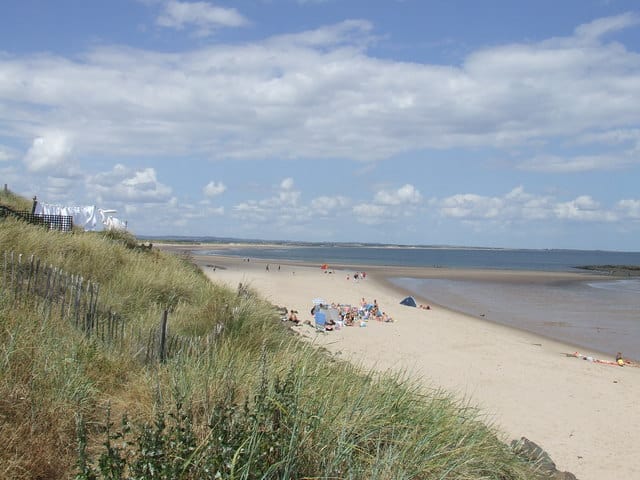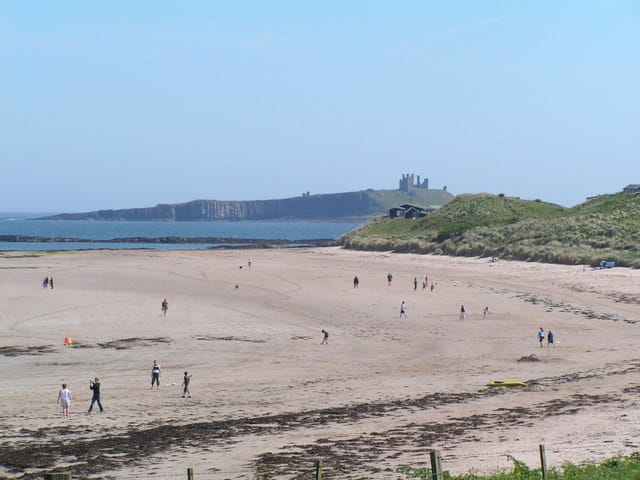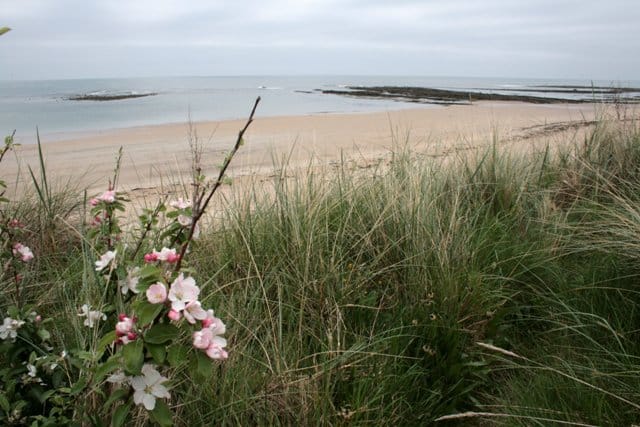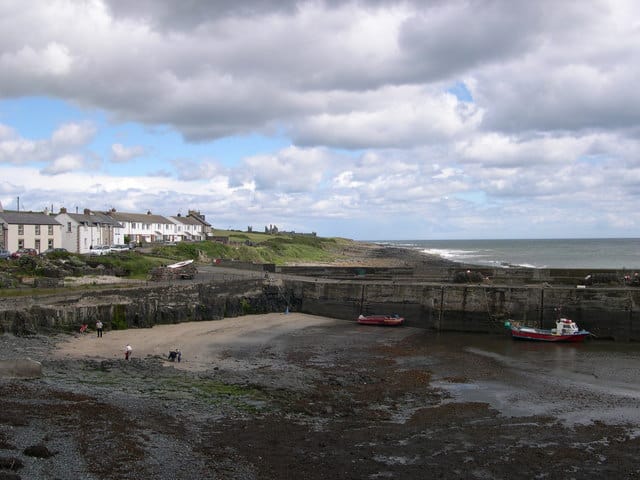Beaches Map
Loading...
No Records Found
Sorry, no records were found. Please adjust your search criteria and try again.
Maps failed to load
Sorry, unable to load the Maps API.
Popular Beaches
Showing Beaches 1-12 of 24
Embleton Bay is one of Northumberland’s many fine beaches. The beach is dominated by Dunstanburgh Castle, which stands on the Read more…
Place Tags: Beaches and Dog Friendly
Holy Island has a selection of sand beaches and dunes. Also known by its Celtic name as Lindisfarne, Holy Island Read more…
Place Tags: Beaches
Newbiggin Bay Beach is a large beach at Newbiggin-by-the-Sea, Northumberland. The beach has struggled with erosion over the years, but Read more…
Place Tags: Beaches, Dog Friendly and Dog Restrictions
Spittal Quay beach is a sandy beach within the Tweed estuary. You can opt for the sea rather than estuary Read more…
Place Tags: Beaches
North Seaton beach is a small beach backed by sand dunes to the north of the River Wansbeck estuary. You Read more…
Place Tags: Beaches, Blue Flag Awards and Seaside Awards
Warkworth Beach, located near the historic village of Warkworth in Northumberland, is a stunning stretch of coastline known for its Read more…
Place Tags: Beaches and Dog Friendly
Fishermans Haven beach is a small sandy beach with rocks, backed by grass-topped cliffs and a caravan site with paths/steps Read more…
Place Tags: Beaches
Druridge Bay is one of Northumberland’s coast’s largest bays at 7 miles (11 km) long, stretching from Amble in the Read more…
Place Tags: Beaches
Cresswell beach spans either side of the village on the south part of Druridge Bay. To the north, you have a Read more…
Place Tags: Beaches
Newton Haven Beach at Low Newton consists of sand, sand dunes and rocks. This is a sheltered Bay popular with Read more…
Place Tags: Beaches and Dog Friendly
Annstead beach is a sandy beach is just to the south of Seahouses. Just behind the beach is Annstead Dunes Read more…
Place Tags: Beaches
Craster is a small fishing village on the Northumbrian coast with a small and attractive harbour. The harbour itself is Read more…
Place Tags: Beaches
Showing Beaches 1-12 of 24

